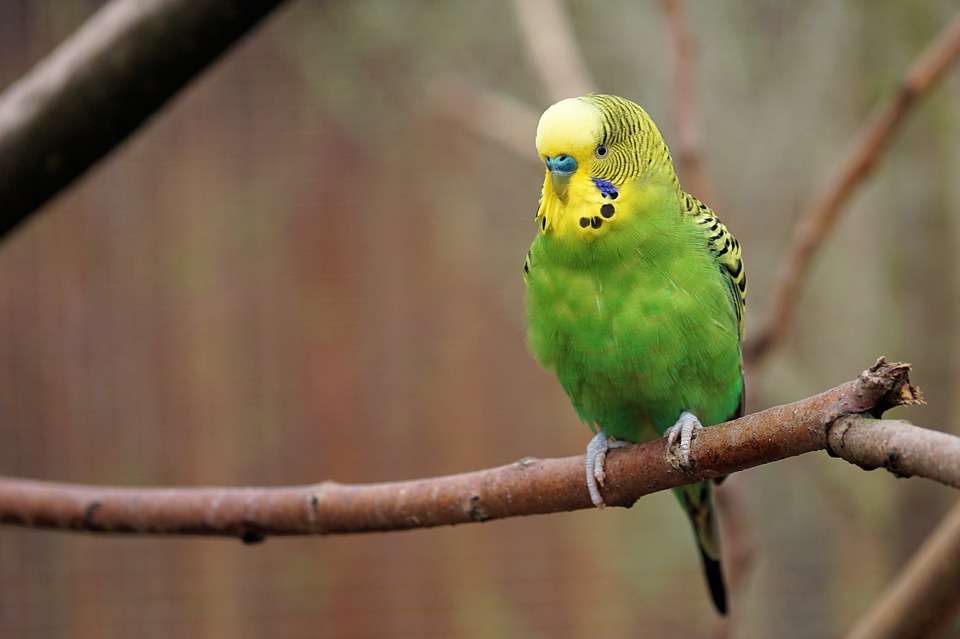Some parakeets change the way they act when it comes time for nesting. This is because the mating season starts with spring, and it’s common for animals to start preparing before they need to.
This nesting behavior usually only happens once a year of a sexually mature parakeet. Knowing the signs of nesting behavior will help you not only understand when your pet is ready for the breeding season but also teach you, as an owner, which are the signs to watch out for.

Courtship Behavior
Parakeets can actually display behaviors such as preening and increased vocalizations during nesting season. This is something that you may want to keep an eye on, especially if you’re concerned about your parakeet’s nesting habits.
Courtship behavior tends to get exaggerated during the nesting season. Some examples include fluffing wings, spreading tail feathers and conditioning neck feathers.
Preparing a Nest
Nesting behavior is an indication that your parakeet is preparing to lay its eggs. This includes burrowing materials such as paper and fabric in order to create the nest for their eggs.
Parakeets can be extremely noisy, defending whatever they have decided is their nesting area aggressively. They will generally not tolerate others in or around what they consider to be their territory, and this is temporary.
Egg-Laying
Female parakeets laying eggs is not uncommon, even without a male present.
Female parakeets produce infertile eggs. It’s best for the owner to leave the eggs with the female parakeet for at least ten days if they want to avoid unwanted hatchlings.
Waiting periods allow the birds to finish their cycles and prevent excessive egg laying, which can be detrimental to their health.
Regurgitation of Food
If you have a pet parakeet, it may regurgitate toys or food for its owner during nesting season. This behavior will become much more frequent if the bird is sexually stimulated. Parakeets are known to regurgitate food for their mates and young or as a preparation for breeding.


Leave a Reply